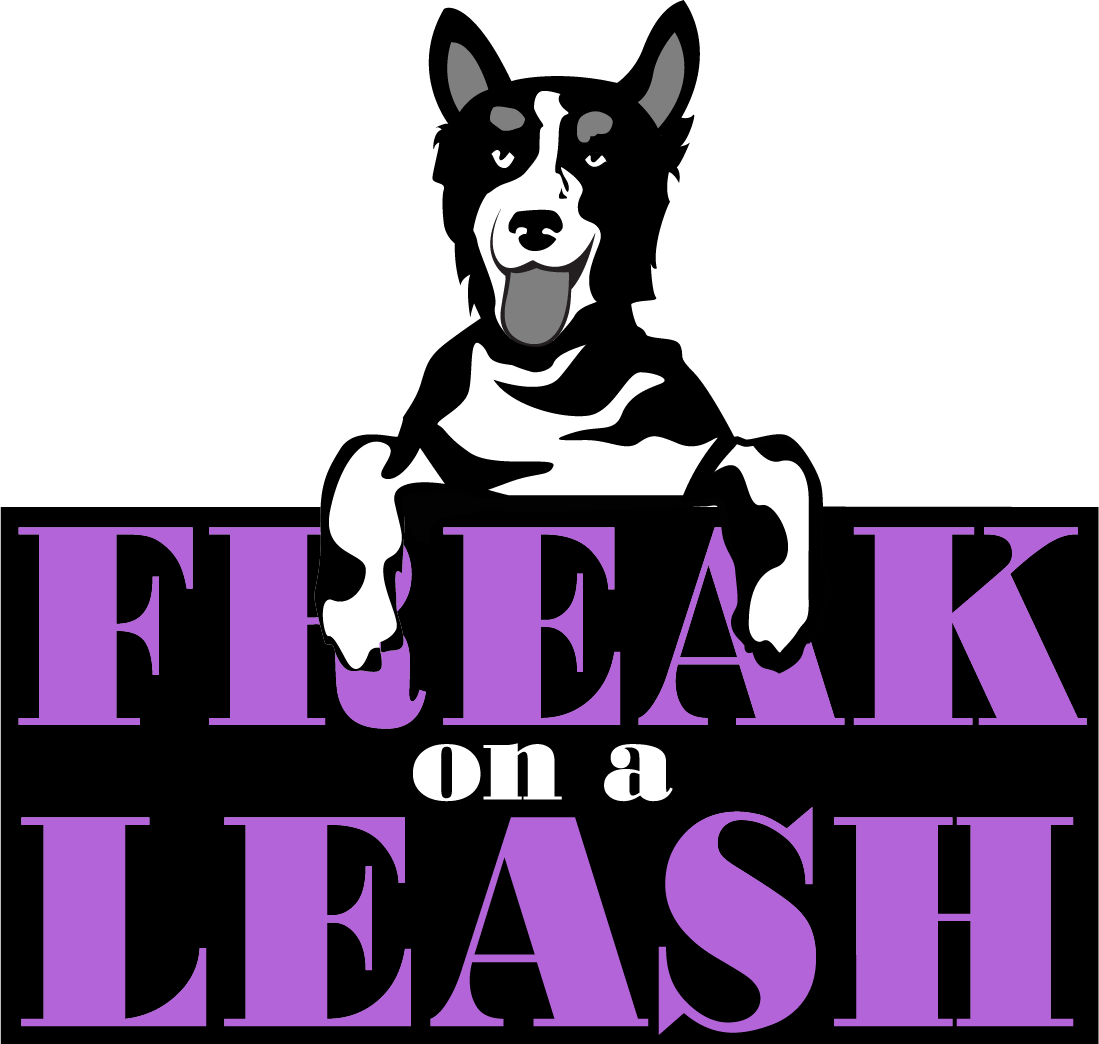When your beloved family member gets distressed every time you prepare to leave the house, it can be heartbreaking. But when they are struggling with something more serious than just missing you—separation anxiety in dogs—it can be overwhelming and tricky to manage. Separation anxiety is a real issue for many dogs, leaving them agitated and distressed as soon as their owners start getting ready to go out. In this blog post, we’ll look at what separation anxiety in dogs is, what the signs may include, and how one can help manage a dog’s distress when left alone. Read on to learn more about this important topic!
 What is Separation Anxiety? How to Recognize It
What is Separation Anxiety? How to Recognize It
Separation anxiety is a common issue affecting many dogs. It occurs when a dog feels stressed or anxious when separated from their owner or family members. This can result in destructive behavior, excessive barking, and even physical harm to themselves. Recognizing it can be tricky in some cases, but there are a few common signs. If your dog becomes overly clingy when you are preparing to leave or shows signs of stress when you are gone, such as pacing or excessive drooling, they may be experiencing separation anxiety. It’s important to address this issue with patience and understanding, as it can greatly impact your dog’s quality of life.
Causes of Separation Anxiety in Dogs
Dogs are known for their loyal and affectionate nature, often developing deep bonds with their owners. Some dogs, however, are genetically prone to distress when separated from their owners for extended periods. Small dogs that have been bred to be companions like Chihuahuas, Yorkies, and Pugs often show signs of distress when their person leaves. Causes of separation anxiety can also range from changes in the dog’s routine to past traumas like being dropped off at a shelter, as well as a simple lack of alone time training. Dogs with health issues are more prone to separation distress. If your dog has a nervous disposition or is older; being stressed when left alone is more likely. In a study it was found that male dogs from shelters are more likely to show anxious behaviors when their attachment person leaves. Another indicator in this study was when puppies were separated before the age of 60 days from their mom and litter mates. It is important to recognize the signs and work with your dog to address and overcome this issue lovingly and effectively. If you want to know how your dog behaves when you’re away, you will need a camera to assess it.
What Doesn’t cause Separation Distress?
You might have heard from other owners, or even a dog trainer, that you are the problem. That is not the case. You didn’t cause your dog stress by spoiling him, letting him sleep in your bed and on furniture, or by being too soft. These are ideas that have been in circulation forever, but they are myths.
Pre-Departure Calming Strategies for Dogs
A dog that has had his needs fulfilled is less likely to show stress when being left alone. By setting up a routine that looks the same to your dog you can help him feel more at ease. For some dogs, leaving them with a food puzzle or frozen Kong can help tremendously. Pheromone sprays or calming treats can also be helpful in milder cases. Unfortunately, these strategies typically only help dogs with very mild stress. A dog that shows more severe stress signals like pacing, drooling, and destructive behaviors, especially towards exit areas such as doors or windows, needs a different approach. If your dog is showing severe signs of stress, you will need a professional to help you. Almost always in severe cases you will need medical intervention such as anxiety medication along with a desensitization plan to teach your dog that there is no need to panic. There is no quick fix–treatment can easily take 3 months to a year but is well worth it to have your dog be at ease instead of stressed out every time you need to leave.
 Tips for Reducing Separation Anxiety While You’re Away
Tips for Reducing Separation Anxiety While You’re Away
The best way to reduce separation anxiety is always prevention. Teaching your dog that you sometimes leave but almost instantly come back is a great way to introduce absences. Start small, leaving your dog alone for super short periods of time, gradually increasing the time away. Creating a routine and providing your dog with plenty of toys or interactive puzzles can also keep them calm and occupied while you’re away. You can also introduce a house sitter or dog walker, or take your dog to a daycare instead of leaving them alone for too many hours. You may have a neighbor that would love the company of your dog when you’re not home.
 Signs of Stress and How to Help Your Dog Cope
Signs of Stress and How to Help Your Dog Cope
Your best friend may display a range of stress signs, such as constant barking, destructive behaviors, and inappropriate toileting. One way to alleviate your dog’s anxiety is to create a safe and comfortable environment. Implement a consistent routine and gradually increase the amount of time they spend alone. Most successful in treating this behavior issue is a combination of behavior meds and behavior modification that focuses on systematic desensitization and counterconditioning,
You can also help your dog by making sure he gets enough quality sleep, and by providing a fulfilled enriched life with social contact. Mental and physical stimulation along with a healthy diet are going to help your dog be better able to cope with stressors.
Things that Won’t Help Ease your Dog’s Stress
Crate training. You may have been told to crate train a dog that shows stress when you leave. It might surprise you, but many dogs feel better by having a set room to stay in versus a crate. Especially if you have to leave your dog for long hours, a crate is often too small to be comfortable. A playpen is preferable over a small crate to give the dog more room to stretch his legs and walk around a bit. If your dog tries to escape his crate, an escape proof crate is not your solution. The panic your dog is experiencing is the same, and you will have to work on calm behaviors instead of making escaping impossible.
A second dog. Even though there are instances when this helps a dog, the likelihood of eliminating real separation anxiety is slim to none. Getting a dog for your dog is not wise, because you might end up with two dogs that have the same level of stress when you leave.
Wearing your dog out. Running your dog excessively or playing ball etc to exhaust him prior to departures can actually have the opposite effect, as it leaves your dog with elevated stress hormones. It is of course important to take your dog out, walk them, give them opportunity to relieve themselves, and have fun, but too much exercise before leaving them will not decrease panic when you leave.
When to Seek Professional Help with Your Dog’s Separation Anxiety
As much as we love our pets, they can develop a variety of behavioral issues just like humans. Separation anxiety is one such issue that can severely impact your dog’s quality of life as well as your own. Common signs that your dog may be suffering from separation anxiety include destructive behavior, excessive barking, panting, and whining. While some dogs may experience mild separation anxiety that can be addressed with some training, severe cases require professional help. Seek the advice of a veterinarian or a certified dog behavior consultant who can guide you through the necessary steps to help your best friend overcome their separation anxiety and get them back to living a happy and healthy life.
To sum up, separation anxiety in dogs is a real and potentially difficult problem to manage. Recognizing the signs of this behavior, gaining an understanding of what causes it, and familiarizing yourself with pre-departure calming methods can help reduce the severity of a dog’s separation anxiety. Taking steps to ease your dog’s transition when you’re away and watching for signs of stress when they are home alone are also key components to reducing symptoms and helping them cope. If these things have been tried and you still feel your pup needs extra help, give your veterinarian a call to discuss options such as training or medication. Suffering from separation anxiety can be an exhausting experience, not only for our pups but us as pet owners which is why it’s so important to stay vigilant and work on managing the situation.
Interested in learning more? Canine separation anxiety: strategies for treatment and management

